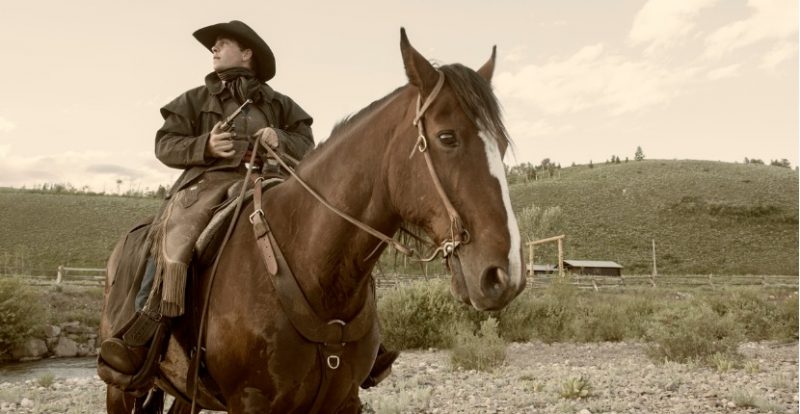Who was the real Billy the Kid? The Wild West speaks to the American mindset like no other period of American history. It was a time full of challenges, made by heroes and villains, and by lots of characters in between. Of the many icons that emerged from that time, Billy the Kid is one of the most renowned and controversial.
Billy the Kid’s childhood is a mysterious one, but seems to be far from an immigrant’s fairy tale. Born in the fall of 1859 as Henry McCarthy, son of Catherine McCarthy – and supposedly Patrick McCarthy, though the identity of his father remains in doubt. Far from living the American dream, he grew up very poor in New York City. As first generation Irish immigrants young Henry would often speak Gaelic at home.
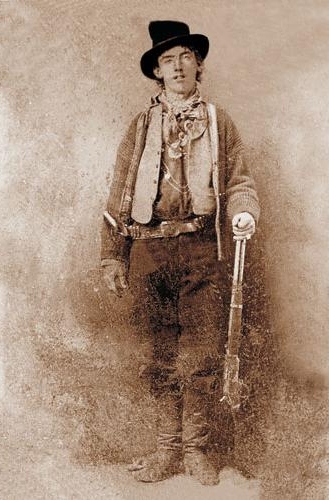
Much uncertainty surrounds what seems to have been a miserable youth, from the exact date he was born to the events of the first six years of his life. All seems to confirm, however, that he and his mother lived alone in high poverty in the Irish slums of New York. According to American Heritage, his father died soon after his birth, leaving his mother alone to take care of him.
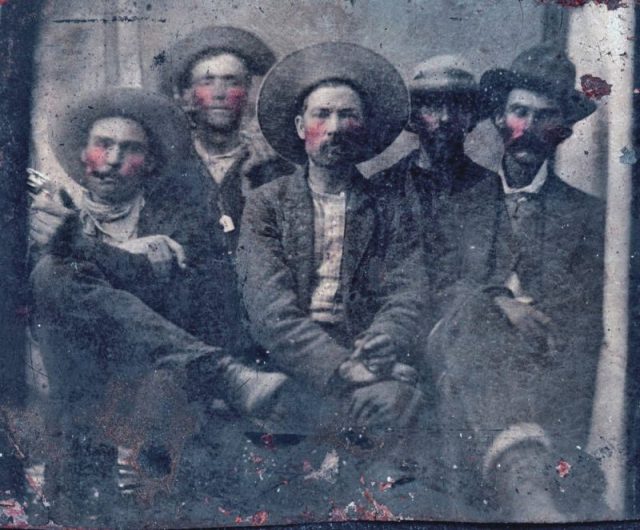
Catherine McCarthy eventually took her two sons, Henry –the future Billy the Kid– and Joseph to Indianapolis in the late 1860s, where she met William Antrim, a Civil War veteran. The couple kept moving west to Wichita, Kansas, then Denver, Colorado, and eventually to Santa Fe, New Mexico, where they got married in 1873.
None of them knew that the New Mexico territory would later become the home of Billy the Kid’s legend. In 1874 his mother, Catherine, died of tuberculosis. According to History.com, the young Henry McCarthy was then left out alone because of his stepfather’s absence. Antrim indeed had become too obsessed with prospecting to take care of his step family, according to Legends of America. The orphaned Henry was left in the care of foster homes.
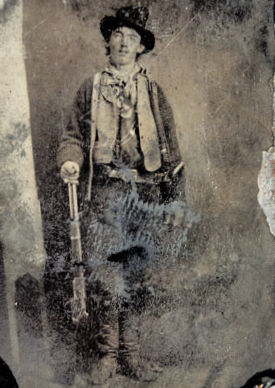
At this point in time, he was behaving in accordance with the law: he worked in a hotel, where he washed dishes and waited tables, and seems to have been friendly with customers and staff.
But in 1875, McCarthy was caught stealing clothes from a Chinese laundromat. Charged with theft in what appeared to have been a bad prank, he escaped from the sheriff’s jailhouse by climbing up a chimney. This small crime would become the starting point of his outlaw life.
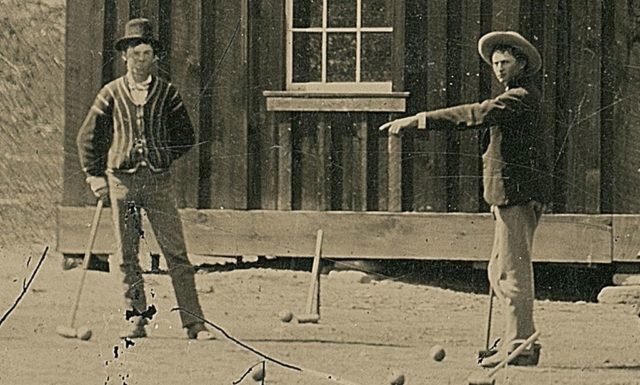
His escape took him to Arizona, where he worked as a ranch hand. During this time, he fought with Apache Indians in the Guadalupe mountains, and stole horses from the U.S. Army with his accomplice Jack Mackie. In a strange turn of events, he then found a job at Camp Grant, an army post in Arizona.
While working there, McCarthy was bullied by the civilian blacksmith of the post, Frank Cahill. After a card game in which they accused each other of cheating, Cahill threw McCarthy on the ground, who in turn shot Cahill with his Colt revolver. Cahill died the next day, while McCarthy was already on the run. This was McCarthy’s first recorded gunning down of a man.
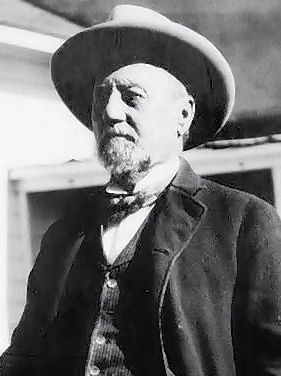
It was then that he decided to adopt the alias “William Bonney”, which led to others calling him “Billy the Kid”. After being on the run for quite some time, joining gangs and escaping jails, he met English ranch owner John C. Tunstall in Lincoln County, New Mexico.
The Kid and Tunstall got along really well. After the Kid got arrested trying to steal cattle from him, Tunstall had decided to hire The Kid and dropped the charges against him. From there, the two developed a strong bond: as reported by Legends of America, it was the first time that Billy the Kid was entrusted by someone for honest work.
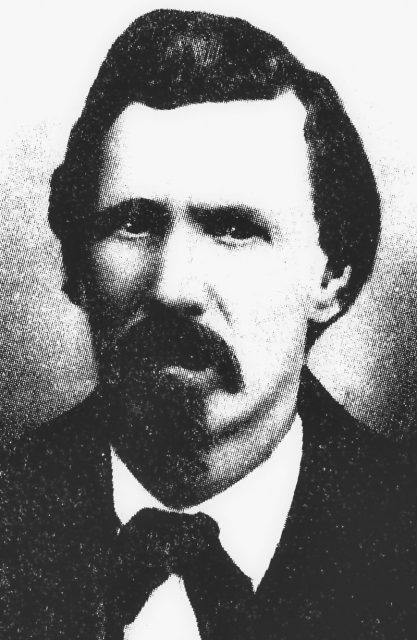
But on February 18, 1878, Tunstall was killed in the Lincoln County War. The English rancher had gotten into a territory dispute with Irish tycoons James Dolan and Lawrence Murphy, who were supported by local sheriff William Brady. The Kid was greatly affected by Tunstall’s passing, and immediately started to plan his revenge. He hired other gunslingers, many of whom had been employed by Tunstall, and formed a vigilante group called “The Regulators”.
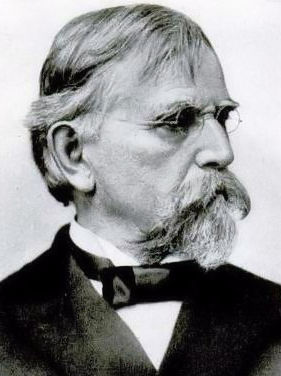
While the Regulators started as a legal posse, they eventually did away with Sheriff Brady and his deputy George Hindman. This action got Billy indicted for murder, and made the Regulators outlaws, according to American Heritage.
Billy the Kid then made a deal with Lew Wallace, the governor of the New Mexico territory who was seeking to put an end to the violence. He accepted submitting to a show arrest in order to testify against the outlaws responsible for the deaths that started the Lincoln County War, if his charges would be dropped.
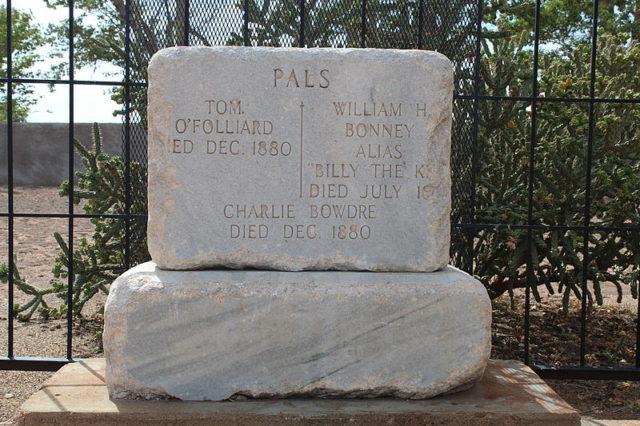
Unsure that the governor would keep his side of the bargain, the Kid escaped yet again, and was once again a fugitive. Billy the Kid then spent his time in the Pecos mountains, where he befriended a local bartender by the name of Pat Garrett. Garrett would later become the sheriff of Lincoln County in February 1880, and was warranted by Governor Wallace to arrest the Kid.
Related Video: Rare Footage of Confederate Veterans Doing the Rebel Yell
https://youtu.be/mYpNz7bvB1g
Garrett would capture Billy the Kid in Stinking Springs on December 23, 1880. The sheriff had to deal with troubles from the crowd when he took the Kid through Santa Fe, where his trial began in April 1881. Sentenced to death for killing Sheriff Brady during the Lincoln County war, the Kid performed another miraculous escape before his execution, which was scheduled for May 13th.
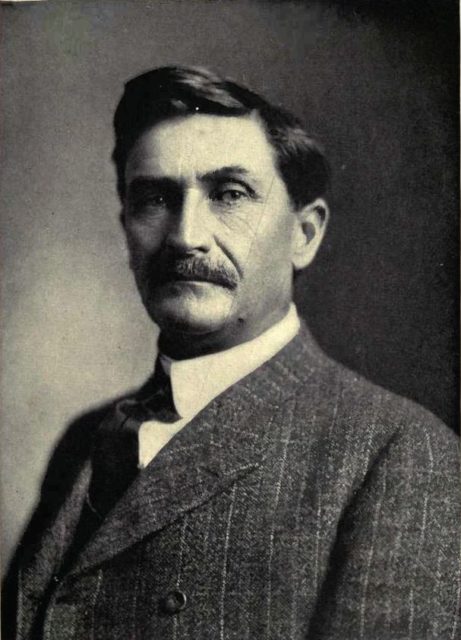
The Kid escaped to Fort Sumner, New Mexico, and did not even try to keep a low profile, according to History.com. Garrett, who was still on his trail, eventually found him in July 1881.
Read another story from us: Billy the Kid was trilingual, one of the language he spoke was Gaelic
Fate had reserved one last surprise for the Kid: while he was on his way to buy meat from rancher Peter Maxwell, the man was being questioned by Pat Garrett on the Kid’s whereabouts. The legendary gunfight that ensued saw Billy the Kid die at only 21-years-old, mortally wounded in the head. The man who had come from nothing and lived a life with no future would go on to become one of the most well-known legends of the Wild West.
